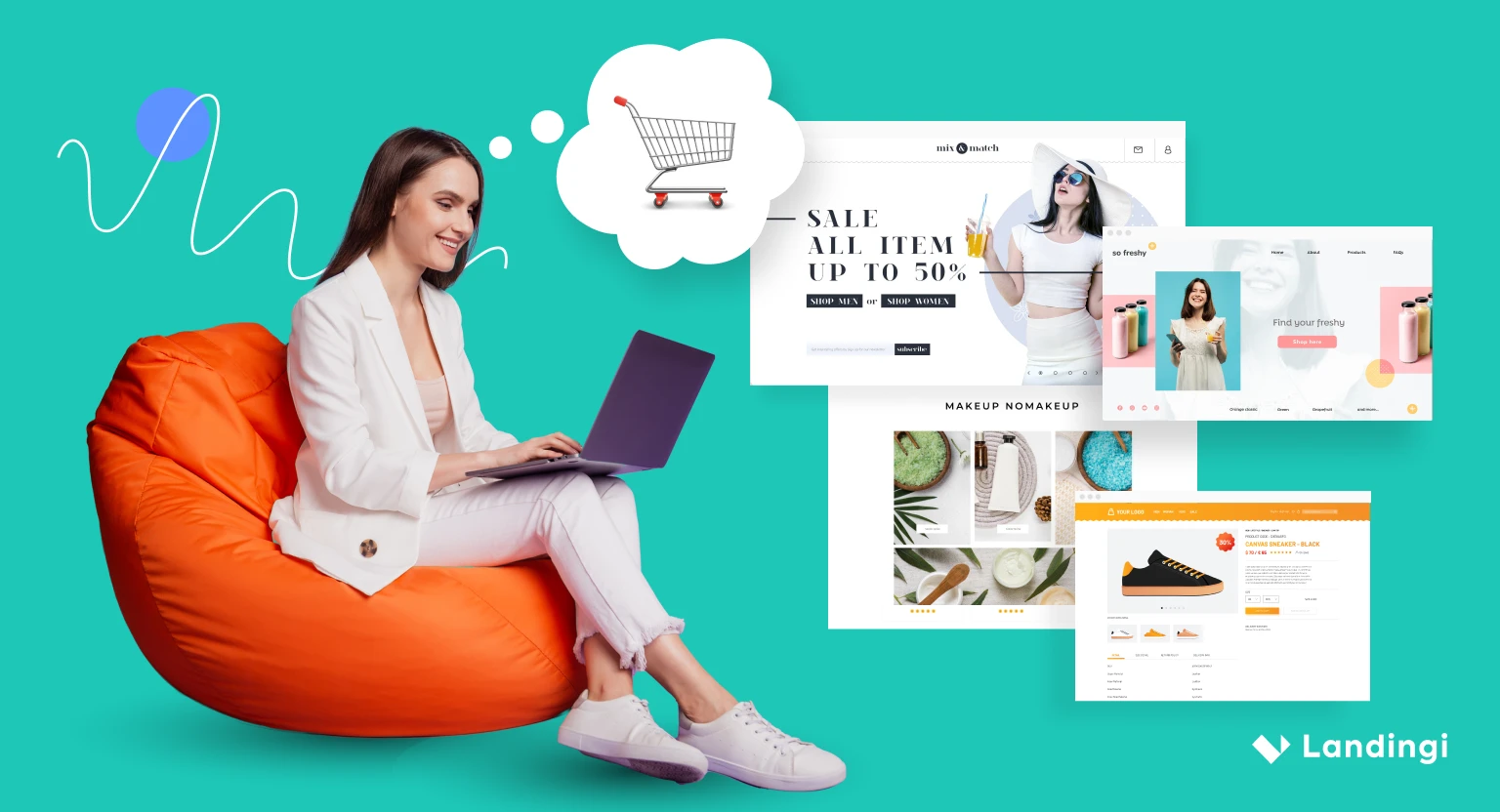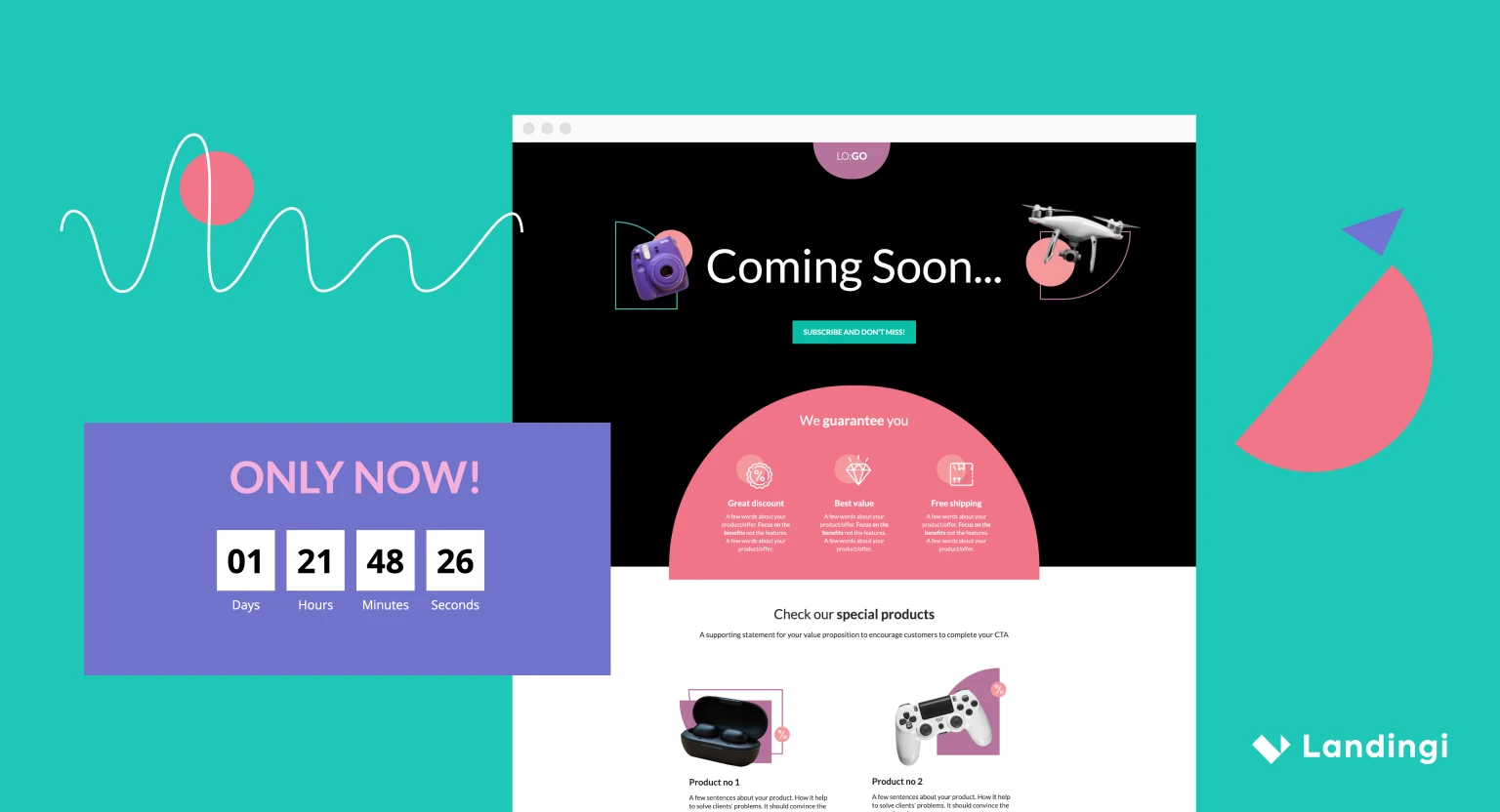Every business wants its products or services to be bought and well-reviewed. But before that can happen, they need to be recognizable. Branding is a process, which can take longer but can also be satisfying and very beneficial. That is… if it’s done well. Don’t know how to build a brand? Get into branding in 7 steps!
The brand – what is it and what could it be?
A brand is the result of many factors that influence how consumers perceive your brand. It consists of:
- marketing actions
- social media activity
- visual identification (logotype, office design, packaging and much more)
- style of communication
- product and service quality
- sales
- customer service
In other words: a brand is everything other people think about your company, service or product. Prepare for some hard work then, as building up and developing your brand needs some serious and sustained effort, with no guarantee of success. Well, not soon anyway.
Make your sections smartable and let go of mundane manual tasks with Smart Sections! An easy way to manage bulk changes.
Step one: Ask yourself some real questions
Branding should be the result of pre-planned actions. Writing them down and giving them some time to grow in your mind will always be a good call. Set priorities, clarify your targets (short and long-term) and you’ll be good to go! Start with some real questions:
- What purpose (besides money) does your new product or service have?
- Who is the target?
- What are your competitors like? What makes them stand out?
- Who and how will your brand help?
- What are the key features of your product?
- What emotions should your brand evoke?
- What is its identity?
Of course, the list above is far from complete and if you need to, you can add a few questions to it. Now answer them and take your time – those answers will be a map to your first branding steps.
Step two: Who or what? Brand type
You can build a brand and its identity in many ways. If you decide to put a person at the center of it (the founder or a visionary, like Richard Branson at Virgin), we can call it a personal brand. But there are other possibilities. Which one will fit your company best?
Personal branding
The face of a company can always be its owner. Bloggers, vloggers and different internet personalities often use personal branding, but we can find it among freelancers pretty frequently. Say – photographers, content marketers, wedding planners, and business coaches. If you decide to “lend” your image to your company, you’ll make it unique. After all, there is no person like you in the whole world!
However, don’t think that creating a personal brand is a piece of cake. On the one hand, customers may value your availability, but on the other, they can be more demanding, and they’ll point out every mistake you make. One of the most important aspects of personal branding is honesty. Don’t try to manipulate your clients by trying to look smarter than you are. It’s much, much better to tout your passion for continuous development than brag about what an expert you are in a certain field.
Hard, systematic work and continuous improvement of your product or service. Plenty of time and full engagement. Taking care of client satisfaction and being honest. These are the foundations of personal branding. This is how you build and – more importantly – maintain a good opinion about your brand.
Product as a brand
Maybe your company has worked hard on a product that has an excellent chance to become a hit. If you’re confident this is the case, consider trying to create a product brand. There are some specific examples out there, like Dove, which is one of many brands owned by the Unilever company. Now ask yourself how many people know Dove and how many have ever even thought about Unilever as a brand.
Also, sometimes a company brand gets identified with a single product due to its growing popularity. Proof? Heinz ketchup with its distinctive flavor, glass bottle, and classic label design.
A strong product brand doesn’t exclude a company brand from being recognizable to consumers. Steve Jobs’s Apple would be a perfect example here. Its insanely popular iPhones and iPads don’t diminish Apple’s brand.
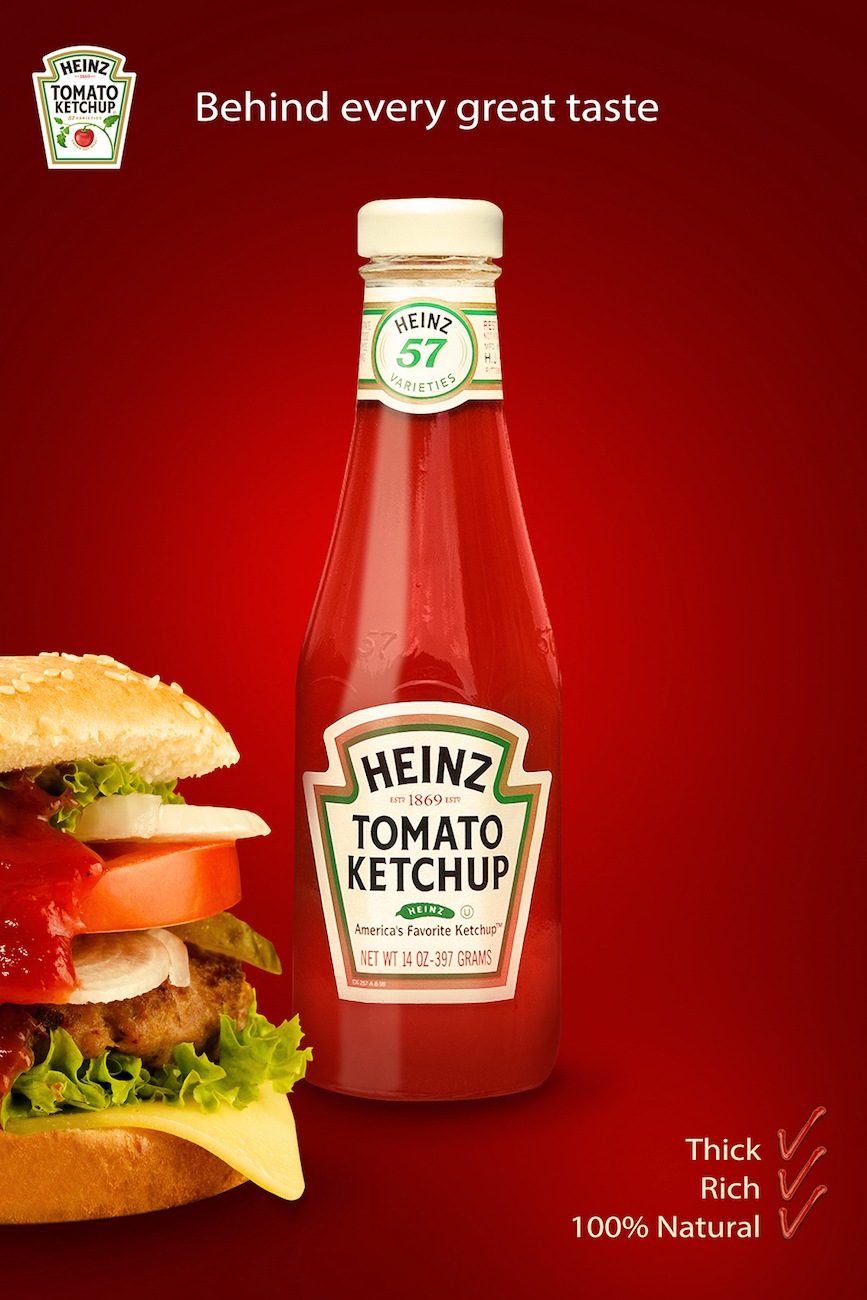
Company or organization brand
There are hundreds of brands that we recognize and trust for various reasons. Google, for instance, is not only a search engine. The company developed Android OS, tons of mobile apps, advertisement services and much more. IKEA is not a piece of furniture. It’s a brand that reaches out to its customers through brilliant marketing, decent products at affordable prices and valuable ideas. Perhaps this is the branding you’re looking for.
Company branding is much stronger than product branding, but it has to be a brand that successfully entered the market with many products. Haribo sweets or Lenovo computers – these are brands that have earned our respect. They’re trustworthy mainly because we – or people we know – have had some positive experience with them. Trust, however, can be easily tarnished and customers can be fickle. Especially today, when we’ve got free access to opinions, reviews, and information about any product in the world.
It’s much, much better to tout your passion for continuous development than brag about what an expert you are in a certain field. #branding #personalbranding
Click to tweetStep three: Offer and audience
Having defined needs, you may want to take a look at where your product has been and where you want it to go. Choosing a specific audience means you can prepare an offer and choose the style of your brand’s communication.
To do so, you can create buyer personas – fictional characters that represent your target audience. Every persona resembles a customer with a specific set of information such as age, place of residence, income, interests and so on. They will help you in planning a marketing strategy for your brand. Remember that creating personas is not a lottery – they have to stand on firm foundations. Analyze all the data from your pre-existing leads and if you don’t have them, draw from your personal and business experience. You’ll eventually get more data to modify or even build whole new personas over time.
Step four: Identity ≠ image
The next stage of branding is to set the identity of your brand or what kind of brand you would like to be. Write down your virtues, what can distinguish your business from the competition, and what values would your company represent. Don’t forget about the desired style of communication (outside and inside) or company philosophy.
Long story short – brand identity consists of all the positive features you want to make visible. Remember that when you launch branding, sooner or later it will stumble upon reality, and the brand image will be the result – and may not necessarily be what was expected.
Step five: Consistent identification
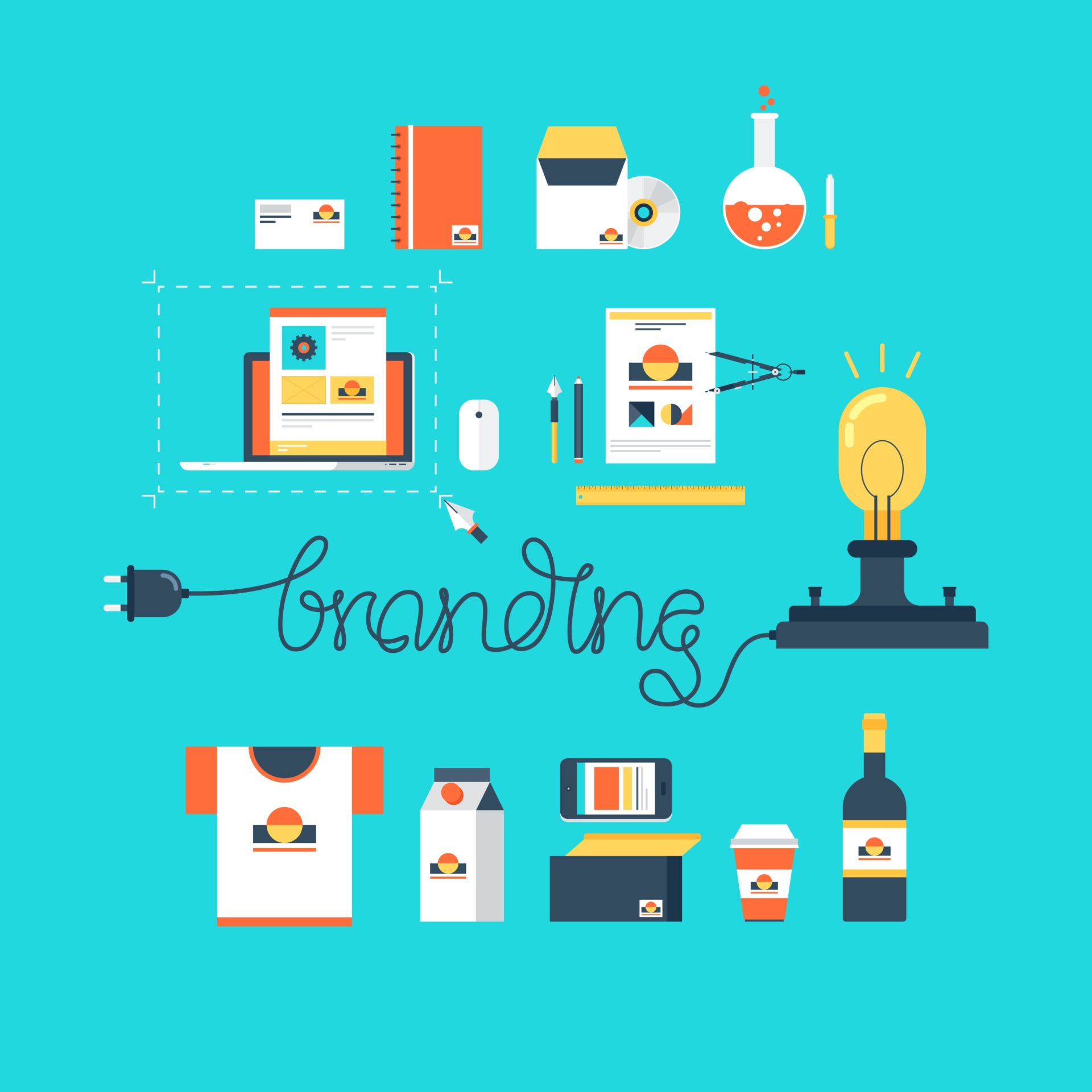
While building up your brand, it’s good to plan all visuals carefully. After all, it’s the thing that many companies start branding with. Although visual identification is not the most crucial part of your brand, it should be done well.
Visual identification contains:
- a logo, in a few variants
- professional typography
- a color palette created according to color psychology
- the look of products, labels, and packaging
- marketing material (gadgets, posters, social media posts) design
- office interior design
- employee uniforms (in some cases)
When making your logo and developing a visual identity, all the elements listed above should be put into a brand book. It’s a useful tool for every graphic designer and marketer in your company, as it contains a set of rules to follow in brand communication.
Step six: Maintaining brand awareness
So now you’ve got a plan, identity, and visual identification. It’s about time to start selling… but no one will buy anything if she or he doesn’t know anything about your brand (or that it exists). This is where you should launch a brand awareness campaign!
It’s easy to learn what brand awareness actually is. Consider Adidas, Microsoft, and Coca-Cola. Do you know what they do and what they stand for? Do you feel anything when thinking about them? This is an example of brand awareness at its best.
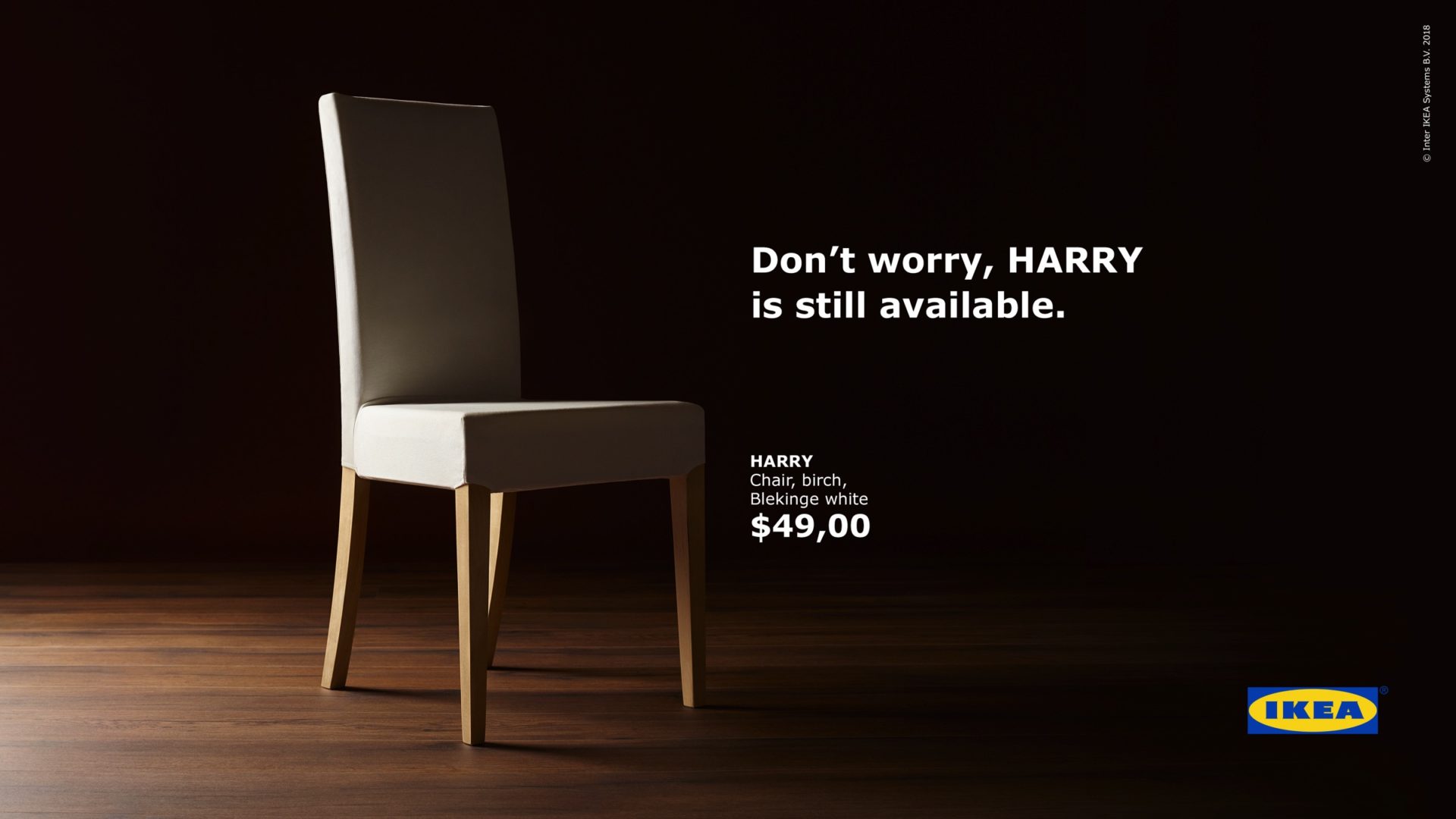
There are many ways to influence recognition of your product or service. The most popular are:
- social media activity – there aren’t many brands without any social media profile. With Facebook and Instagram being the most important ones, you can’t forget about smaller, but also powerful platforms. Create and share inspiring content to extend your reach. Sometimes you may want to power up your marketing with ads – it’s a great idea, but only if you use the best channels. It’s very easy to spend a lot of money without getting any results.
There’s much more you can do in social media for your branding, including marketing on Twitter, Pinterest or Snapchat:
- promotions – discounts for a few first clients, price drop bundles or freebies will get your brand some new clients as well as a base for future marketing campaigns. Create a landing page, lead users there and encourage them to leave their e-mail addresses. They’ll get a benefit (e.g., a free e-book guide) and your brand will get contact with potential clients.
- recommendation system – share or invite a few people to the program to get discount premium access, etc. It worked for Dropbox at the beginning of their journey, and it should work for you! In this case, your clients do a part of your job for you in sharing the news about your brand. Also, they can share it with their relatives, creating the strongest and most loyal group of customers.
- infographics – no wall of text with a detailed description of an “innovative, one-of-a-kind and breakthrough” product will speak directly to the customer better than a well-designed, simple infographic with just a few of the most important benefits of your product or service. There are some free tools available (e.g., Canva or Venngage) that allow you to create infographics without any graphic design experience. Learn more about infographics at source.
- free trials – give users free access to some (or even all) features of your app. If they like it, they’ll most probably come back to pay for it. That is if your solution turns out to be the best out there. Give them some time (two weeks is the most popular trial period) to see if they really like your work.
- freebies – pens, notepads, mugs and other gadgets with your brand logo and colors. It’ll cost you, but it has a significant impact on a future purchase decision. A person who gets a free gadget feels obliged to give something in return, so it’s much more likely that she or he will buy your product.
While giving any statement as a brand, take note of its values and mission. If you sell pet food and you want your branding to be associated with pet adoption, you can’t simultaneously encourage people to buy a dog as a birthday gift for their children.
This is why honesty is one of the most crucial aspects of successfully building a brand. If you’re going to say one thing, but do the complete opposite, someone will notice it sooner or later and your brand’s identity will lose all of its integrity.
Step seven: Reach the reachable

Many companies dream of having an extraordinary product (or products) that will turn the market upside down from the beginning. We all know it’s not easy to achieve this, and the higher we try to climb, the harder and more painfully we fall. Your brand’s image is at stake, so proceed with caution!
While building your brand, set a few short-term goals instead of jumping in at the deep end. Also, divide your long-term goals into a few stages for better planning. Adequate risk and opportunity assessment is advisable for the brand building process.
Build!
Now, when you’ve placed the cornerstone, you can start building your brand. As I mentioned at the beginning, it’s an exhausting and sometimes tedious process, but don’t get discouraged by not seeing the results you’ve expected.
With every success of your brand, you’ll need more energy and dedication to maintain a high standard or even raise them. At some point, you may need to extend your target audience or an offer. It’s dependent on the type of your brand and adopted strategy.
Stay in touch with your customers and followers using social media and newsletters. Inform them about promotional campaigns by creating highly converting landing pages. Make your presence known at exhibitions and other events. Every opportunity to meet people can be used to build up your brand’s image, so… Build!
Check out this very neat guide to creating a powerful brand.
Are you reading carefully? Check your knowledge in our quiz:






